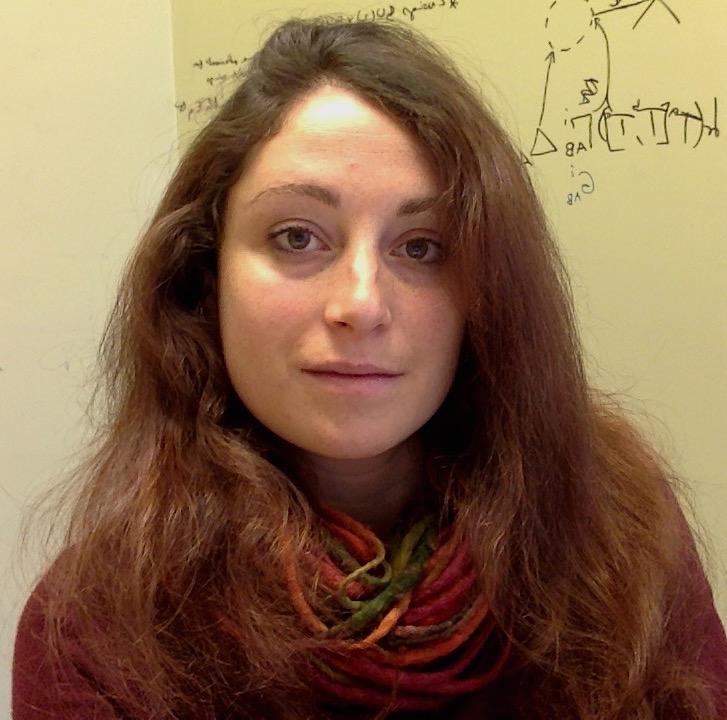
Arianna Bottinelli
Arianna earned her PhD in applied mathematics at Uppsala University in 2016 and is currently a postdoctoral fellow at the Nordic Institute of Theoretical Physics in Stockholm. Her broader interests include complex systems, collective behavior in living systems, and active matter. Recently, her research has been focusing on developing new approaches inspired by theoretical physics to understand, predict, and prevent the emergence of potentially injurious collective motion in high-density human crowds.
Predicting collective motion in high-density crowds and swarm systems
Swarm intelligence is a well witnessed and recognized feature of human groups, from seminal observations such as the “Wisdom of the crowd”, to the latest swarm-based technologies for collective problem solving and decision making, to the formation of lanes of opposite walking directions in pedestrian crowds. However, during mass events such as concerts, sporting events, and pilgrimages, crowd density can become exceptionally high causing the emergence of sometimes deadly collective motion such as crowd turbulence and density waves.
Inspired by the physics of soft and active matter, we are developing tools allowing us to analyze high-density active systems, to understand the basic mechanisms underlying injurious collective motion [1,2], to predict, and possibly to prevent its emergence.
I will give an overview of these techniques and present the main results obtained by applying them to a crowd video footage from a rock concert [3]. I will discuss the potential of this approach in forecasting crowds’ collective motion, and possible applications to swarm robotics.
[1] A. Bottinelli, D.T.J. Sumpter, J.L. Silverberg, “Emergent structural mechanisms for high-density collective motion inspired by human crowds”, PRL (2016)
[2] A. Bottinelli, J.L. Silverberg, “How to: using mode analysis to quantify, analyze, and interpret the mechanisms of high-density collective motion”, Frontiers (2017)
[3] A. Bottinelli, J.L. Silverberg, “High-density human collective motion can be forecasted by spatiotemporal fluctuations”, in preparation

Credit: Photograph by Ulrike Biets, used with permission